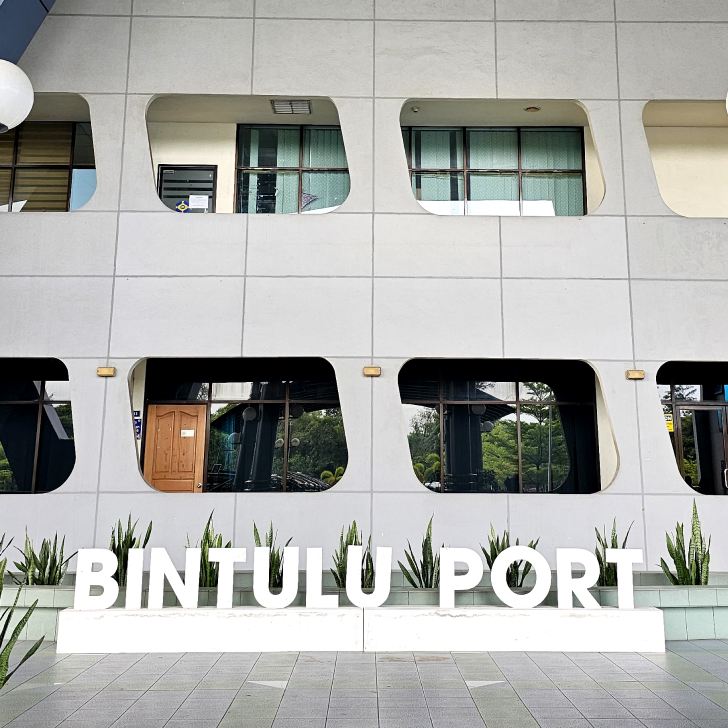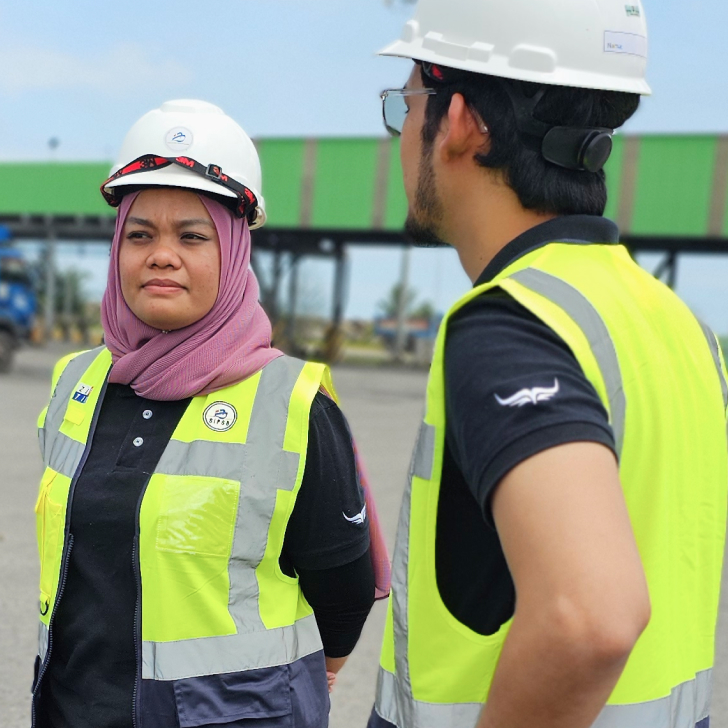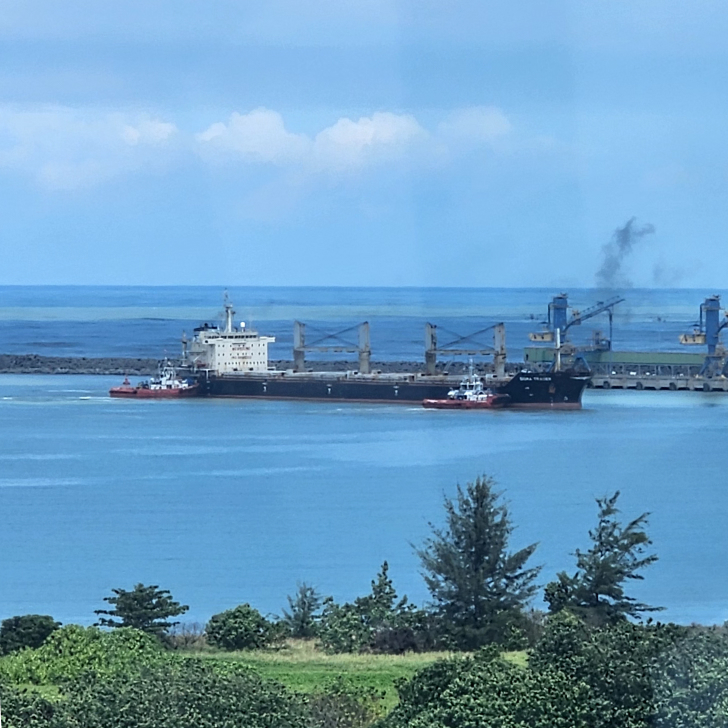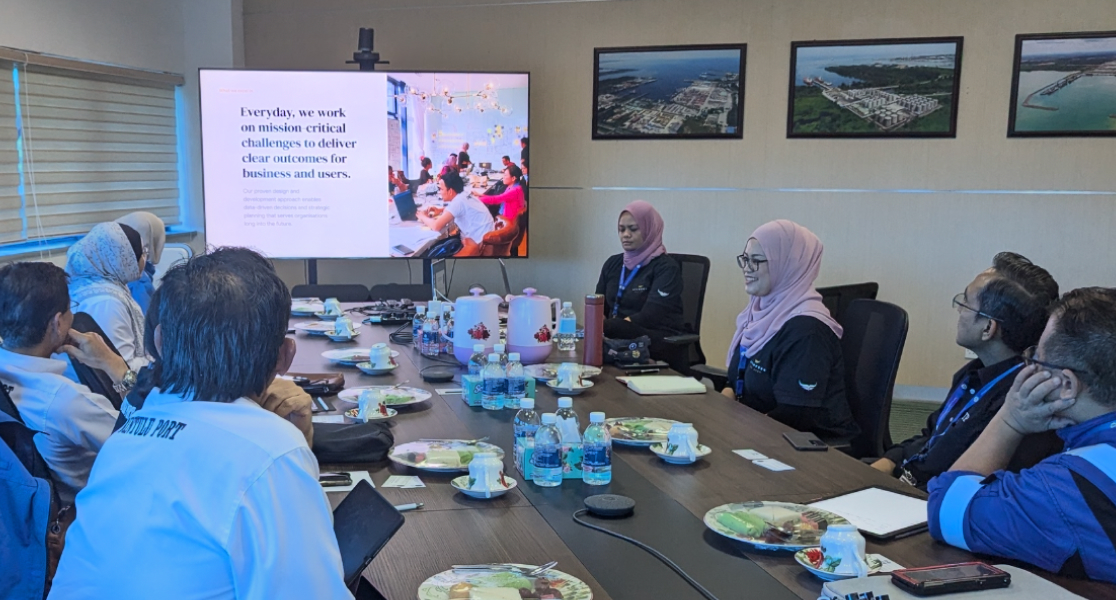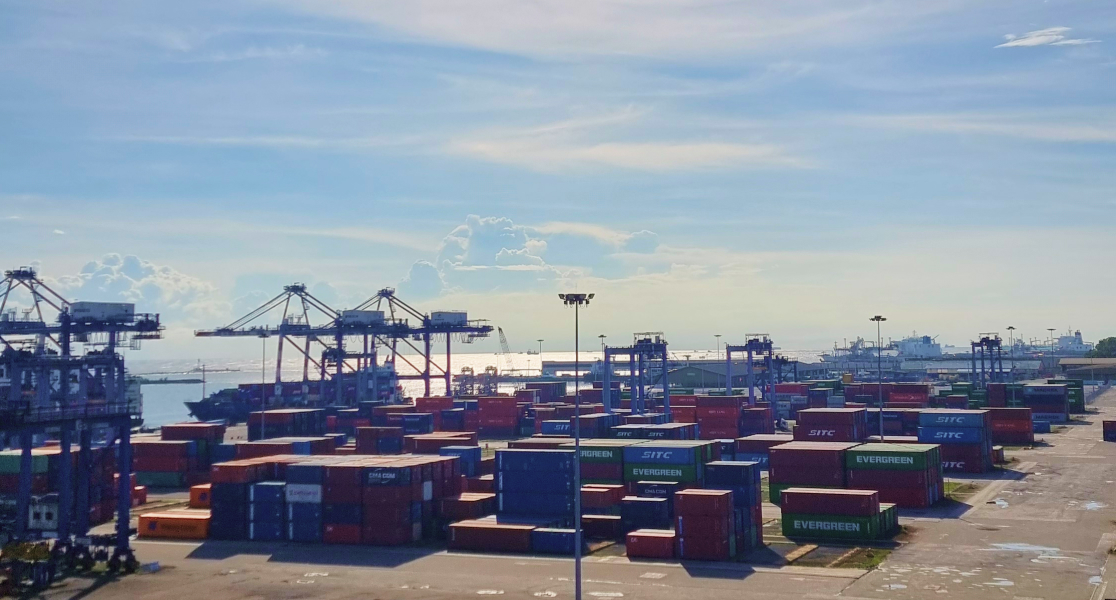Complex operational environments rarely suffer from a lack of technology. Yet technology alone is not the solution. The real opportunity lies in the intricate dance between advanced systems, human decision-making and the ability to move with precision while the world around them accelerates. Whether you’re a growing business or an established operation, this challenge of scaling smoothly while maintaining momentum is universal.
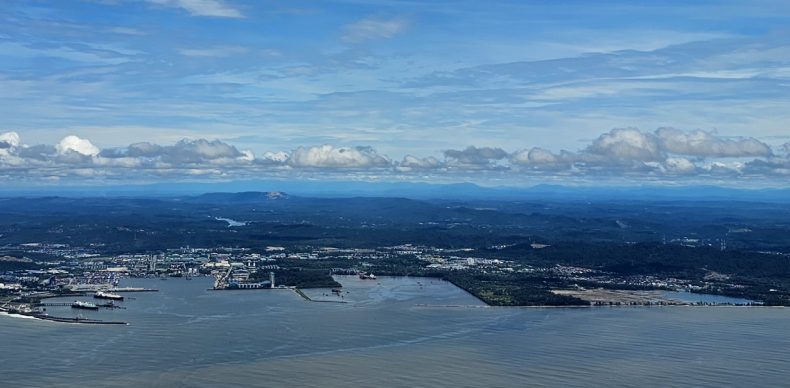
Port operations in Southeast Asia offer a compelling window into this dynamic. As businesses of all sizes grapple with digital transformation, the lessons we’ve learned about building systems that grow with you—rather than hold you back—become increasingly relevant.
In our recent visit to Bintulu Port as part of the UTP research and innovation delegation, we’ve learned that as Bintulu Port positions itself as a leading Southeast Asia hub port, the focus isn’t just on infrastructure and technology but also on building the human capabilities to transform its complex operations and drive its future growth.
The evolution of port operations
Tucked along Sarawak’s coastline in East Malaysia, Bintulu Port moves over 50 million tonnes of cargo annually— numbers that barely capture the constant hum of activity that defines this vital artery of Southeast Asian trade. As the region’s largest export gateway for liquefied natural gas (LNG), the port doesn’t just handle cargo— it anchors Malaysia’s position in global energy markets and underpins regional economic stability.
On any given night, a 400-metre LNG carrier manoeuvres into the berth, guided by harbour pilots who’ve mastered the port’s unique conditions through years of experience. Under deck lights, crane operators orchestrate their machines with precision, their practised hands turning 40-tonne container moves into a seamless operation.
Step into the port’s control centre, and you’ll find the real complexity. Berth controllers juggle competing priorities: an incoming vessel needs emergency repairs, changing weather patterns threaten to delay scheduled departures and maintenance crews need a two-hour window for critical equipment checks.
Each decision ripples through a network of interdependencies—shift changes, equipment availability, tide conditions, and the ever-present pressure to maintain throughput without compromising safety protocols.
What makes Bintulu fascinating is its dual nature. While its LNG operations demand absolute precision and safety protocols, its growing container and bulk cargo operations require operational flexibility. Experienced operators seamlessly switch between these modes, drawing on deep institutional knowledge that no manual could fully capture.
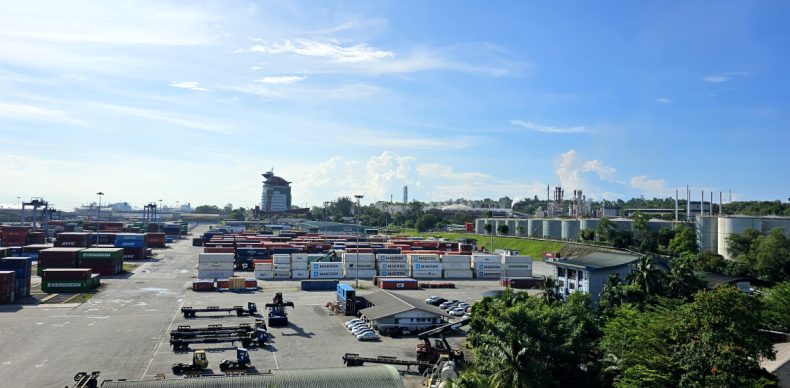
Complex familiarity
If you’re a fellow operational excellence enthusiast like us, consider one such situation: A delayed vessel arrival cascades into berth reallocation decisions. Does one prioritise the smaller vessel that can complete operations quickly or maintain the slot for the larger vessel carrying time-sensitive cargo? Far from being theoretical exercises, these are real-time decisions that ripple across supply chains, made by professionals who’ve learned to read the rhythm of port operations like a second language.
Such patterns of complexity are familiar territory for us at Stampede. Working with organisations like Intel, PETRONAS and Chr Hansen, we’ve observed how sustainable transformation emerges when you enhance, rather than replace, human expertise with technology. Looking ahead, Bintulu’s evolution isn’t just about adding newer cranes or deeper berths. The real challenge lies in amplifying the capabilities of these skilled professionals—helping them better predict maintenance needs, optimise resource deployment and build resilience against increasingly volatile conditions.
For those who understand complex operations, Bintulu offers a masterclass in managing controlled chaos. It demonstrates how standard operating procedures must coexist with adaptive decision-making and how success depends on augmenting individual excellence with tools that help maintain precision at scale.
A future-ready approach to operations
To us, the future of operational excellence isn’t about implementing new technology. Rather, it’s creating an environment where teams can perform at their best, supported by tools that enhance their capabilities. In our experience, the most successful transformations start by understanding the rhythm of daily work—the actual flow of decisions, the informal networks that keep things moving and the practical ways teams solve problems.
This understanding shapes how Stampede thinks about industrial UX to enhance operations. Instead of disrupting workflows with rigid systems, we look for ways to augment existing expertise:
- When operational teams can easily connect information across systems, they naturally make better decisions.
- When supervisors can spot patterns across operations, they prevent issues before they emerge.
- When executives have clear visibility of performance patterns, they make more confident strategic choices.
But beyond that, what matters most is this: when digital systems are designed well, they grow stronger through use. They learn from how teams actually work, adapt to changing conditions and evolve with the organisation’s capabilities. This organic evolution ensures that digital tools support excellence rather than becoming another layer of complexity.
Building on proven experience
As UTP alumni, our recent engagement with the university’s research and innovation leadership at Bintulu Port crystallised a key insight from our nearly two decades of working with complex operational environments: true industrial transformation extends far beyond physical infrastructure and technological investments.
At its core, Bintulu Port’s journey to becoming a leading Southeast Asian maritime hub hinges on cultivating talent-readiness to help them navigate increasingly complex global logistics landscapes.
Take the Samalaju Industrial Port, part of the Bintulu Port ecosystem. We were received by the CEO, En. Sufri Hj. Bohari, who offered illuminating perspectives on port operations that immediately resonated with our core design and development philosophy—the belief that technology should not merely automate processes but fundamentally enhance human capability. Our conversation delved into critical challenges—from sedimentation management to customer cargo tracking and safety protocols—revealing compelling opportunities where human-centred design could transform operational efficiency.
The thoughtful conversations with Bintulu Port’s leadership team, including Group CFO Mdm Daiana Luna Suip, Senior General Manager of Project Delivery Tn. Hj. Baharin Osman, General Manager of IT & Digital En. Ramzi Shafiee and Senior Manager of Capability Department Pn. Haryanni Harun all revealed shared insights about the future of port operations. We explored how digital transformation could enhance operational visibility and strengthen their journey toward becoming a leading ASEAN hub port.
Turning research into real solutions
This is where our partnership with Universiti Teknologi PETRONAS (UTP) becomes particularly compelling. Under Associate Professor Ts Dr. Mohd Fadzil Hassan, Deputy Vice Chancellor of its Research, Innovation & Commercialisation arm, UTP has built a strong reputation for excellence in engineering and technology, underpinned by cutting-edge research and industry partnerships.
Working alongside Associate Professor Ts. Dr Izzatdin Abdul Aziz, Institute Director of Emerging Digital Technologies, and Insyirah Hamid, Head of Business Analysis, we’re exploring how UTP’s research capabilities can combine with our experience in turning complex operational data into intuitive digital tools.
What makes this partnership powerful is its focus on practical applications. UTP excels at transforming academic breakthroughs into impactful commercial solutions. Their applied technology focus, combined with our experience in human-centred design and application development, creates a foundation for meaningful change in Malaysia’s maritime sector.
A different approach to complex operations
Our work with organisations like PETRONAS has helped us develop a distinctive approach to these challenges:
We start with decision-making—mapping how different teams actually make operational decisions and identifying where better information could improve outcomes. Our experience in research and implementation has taught us to build systems that enhance rather than replace human judgment.
We design for evolution from day one, prioritising not only today’s needs but ready to scale and adapt to tomorrow’s challenges. Our solutions grow stronger with actual use, capturing operational insights through built-in feedback loops that enable continuous adaptation without operational disruption.
Most importantly, we focus on capability-building. Complexity doesn’t have to hinder actions. Working in complex industries has taught us how to develop interfaces that make complex data actionable, helping teams spot patterns and opportunities quickly. We then build systems around them that evolve with growing operational sophistication.
This approach has led to concrete results. For instance, our work transforming capability development and talent-readiness at PETRONAS turned disconnected processes into an intelligent system driving strategic workforce decisions. Similar principles could help port operations create real-time visibility of performance patterns, enable predictive insights for better resource allocation and build adaptive systems that evolve with operational needs.
In another instance, our work in value chain optimisation transformed siloed departmental data into a dynamic, cross-functional intelligence system, which is now in use in PETRONAS boardrooms all the way to engineering floors. This solution not only enhanced operational transparency but also enabled predictive decision-making, allowing leadership to anticipate market shifts, optimise resource deployment and create more responsive operational and financial structures.
These experiences taught us that it’s never about the features. What we’re actually building are comprehensive competencies that enable teams to handle both today’s challenges and tomorrow’s innovations.
The power of proven solution
We’ve learned through experience that the most effective solutions often aren’t the most complicated ones. Having delivered mission-critical systems for the world’s leading organisations, we understand that effective solutions are the ones that:
- Deeply understand the day-to-day realities of operations and the people behind them
- Make innovation feel less like disruption and more like natural evolution
- Build capabilities that prepare people for tomorrow while enhancing their work today
- Create systems that grow stronger through actual use
Our human-centred design and development process, refined over hundreds of projects, ensures we deliver solutions that don’t just work technically but drive real organisational change. From executive dashboards that provide strategic oversight to operational tools that enhance daily performance, we create digital experiences that users actually want to engage with.
What comes next
As we continue our conversations with UTP and Bintulu Port, we’re excited about the possibilities ahead. The principles that guide our work with complex operations—starting with human understanding, designing for growth, and building systems that evolve—apply equally to organizations at every stage of their journey. Whether you’re a startup planning for scale or an enterprise pursuing innovation, thoughtful digital transformation creates the foundation for sustainable growth.
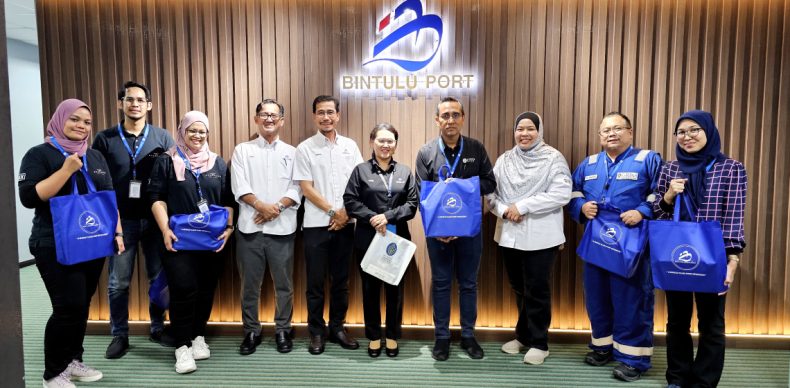
We’re looking forward to applying our experience in human-centred design, industrial UX and enterprise application development to create solutions that make a meaningful difference across Malaysia’s business landscape.
Because in our experience, the most rewarding transformations are those that not only solve today’s challenges but build capabilities for tomorrow’s opportunities.
—
If you’re thinking about how to build future-ready capabilities in your organisation, we’d love to hear your story. Reach out to [email protected]
Shaza Hakim is a UTP alumnus and a co-founder and design leader at Stampede. With 19 years of experience and over 370 successful projects, Stampede specialises in turning complex operational challenges into intuitive digital solutions.
